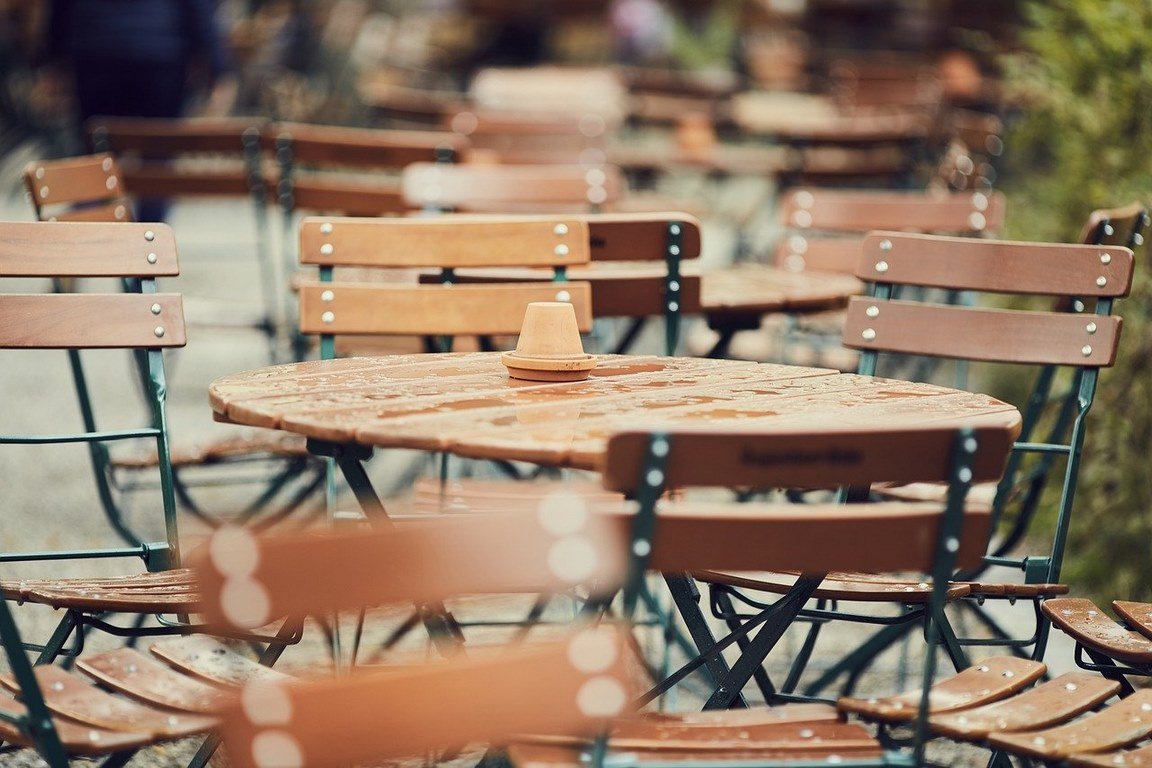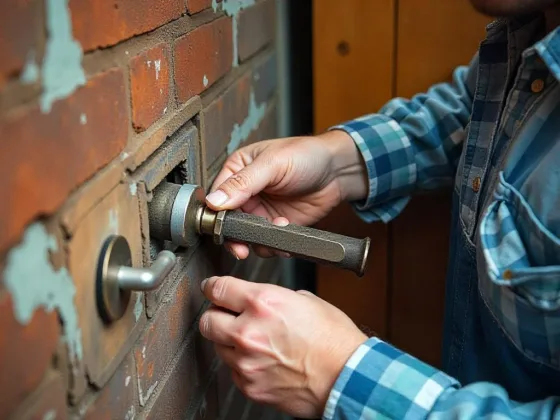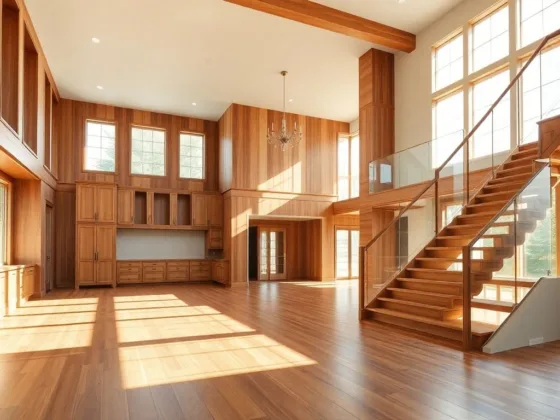Wood is a highly popular material that tends to be used in several different ways, and furniture tends to be among the most widespread uses for this type of substance.
You can be forgiven for thinking that wood is a monolith and that all wood furniture is more or less the same, but it is important to note that there are distinct differences between different wood types that can have a strong impact on how your furniture would end up looking as well as the functional benefits that it would be capable of giving to you.

Up Looking as Well as the Functional Benefits That it Would be Capable of Giving to You.
The first wood type that we’d like to talk about is maple, and it can be a highly useful material for restaurant chairs in particular. When you buy furniture for your restaurant, your main focus would be to ensure that this furniture is durable enough to withstand the general wear and tear that comes with frequent use.
The constant sliding around and shuffling of furniture can damage it, so using a wood-like maple can pay off handsomely thanks to its inherent hardness which prevents nicks and scratches from appearing on its surface.
Another advantage of maple furniture is that it has a naturally silky and glossy look. That means that an artisan or carpenter wouldn’t have to add various amounts of varnish to make the finished product look more refined.
Some restaurants need furniture that looks roughly hewn, and other woods might be better off for that. However, if your restaurant is trying to give off an air of refinement and culture, maple is definitely something that would be well worth your time. It has a contemporary look that pairs quite effectively with modern and minimalist design schemes for the most part.
What’s more, is that maple has a tight grain which gives it a consistent design throughout. This can be useful for tables especially since an uneven design can be rather prominent on such surfaces.
The tightness of the grain lends even more refinement to the finished product, and it creates a smoothness that is highly desirable for tables that you want your patrons to eat off of.
Rough surfaces might not be what your restaurant needs since smoothness is a quality that many restaurants go would agree is something they want to be incorporated into their high-end dining experience.
Read Also:
That said, there’s nothing wrong with opting for a rougher look either. Oak can be a wonderful wood for your furniture to be made out of if an unfinished look goes with your restaurant’s overall theme.
It can create a rustic ambiance that many eateries would greatly benefit from, especially if their main selling point is that they try to provide a dining experience that is more traditional rather than sanitized and modern.
Modern designs have reached a bit of a saturation point, so you can make yourself stand out by going against that trend and embracing the rough, natural look that is inherent to oak furniture.
The best part about oak is that it has a very natural-looking grain pattern. The loose and open grain structure looks phenomenal, and no artificial methods would be required in order to achieve this look.
This reduces the amount of work that a carpenter might need to do in order to finish an oak table or chair too, thereby reducing the amount of money they would charge you for their services. These carpenters generally tend to cut oak wood in a specific way which helps improve it in a wide variety of ways.
Firstly, the special cutting technique that’s used for oak makes it highly resistant to damage. Wood furniture can sometimes get warped and uneven over time if it was not cut correctly, but this is not a problem that you would ever end up facing if your furniture was made with oak.
Even if a customer accidentally spills water or some other kind of liquid on your oak table, very little of this water would be able to penetrate the surface. This means that your oak table would be far less likely to suffer from water damage which makes it even more convenient for you.
Oak is also resistant to dents and scrapes thanks to its hardness and durability. That makes it well suited to restaurants that see a high level of daily traffic.
It would take a very hard blow to leave a permanent mark on an oak surface, and if you follow the guidelines that are provided to maintain this furniture it has a high chance of lasting for many years at least.
All of this proves that your choice of wood for your furniture is not something that you should be taking all that lightly. You need to ascertain which wood type would suit you best, not just from a durability perspective but also from the perspective of aesthetics.
Maple and oak are both hardwoods, but it’s plain to see that they offer very different results, and your restaurant might be better served by either one of them based on what it is actually trying to give to your clientele.
Restaurant owners should start elevating their furniture choosing process by factoring in aesthetic considerations as well as practical ones.
Practicality is definitely something that should receive its due attention, but it should not come at the expense of how your furniture actually looks to your customers.
Aesthetics are not as consistent and standardized as practical features such as durability, which indicates that the latter is a lot easier to be sure of than the former. That’s why aesthetics require a bit more time to parse if you want things to turn outright.
You want your Melbourne cafe chairs to reflect your image – and the image of your patrons – so it’s essential that you choose the right style.









